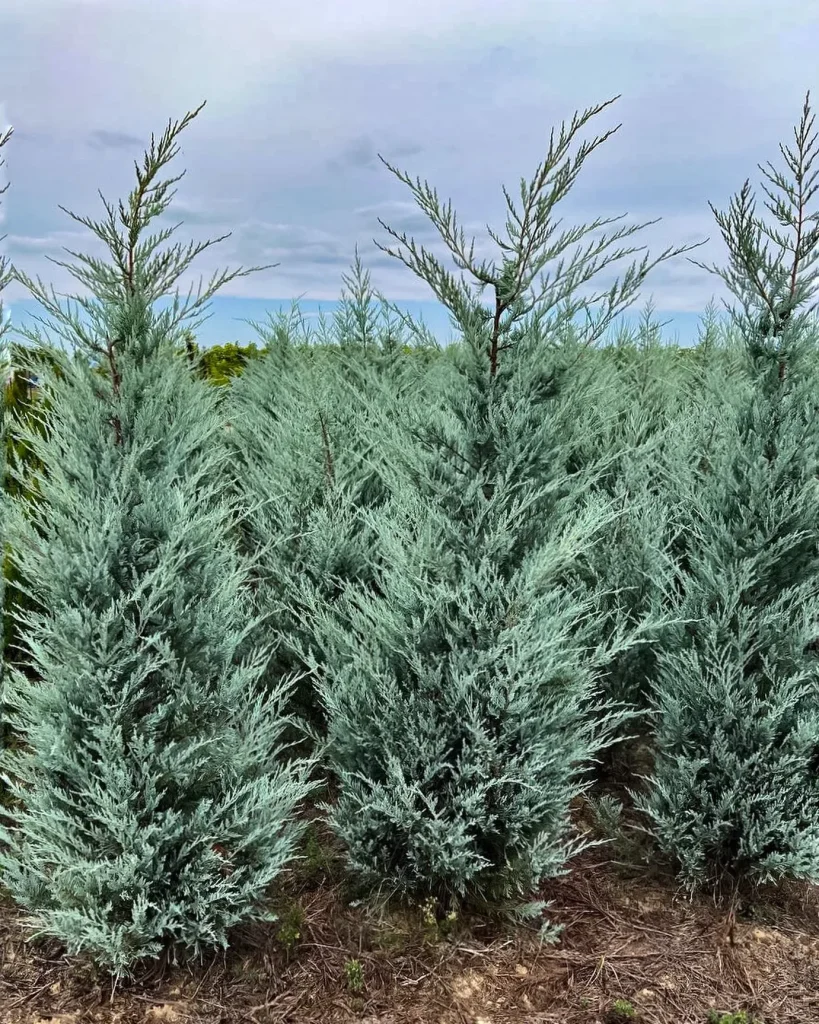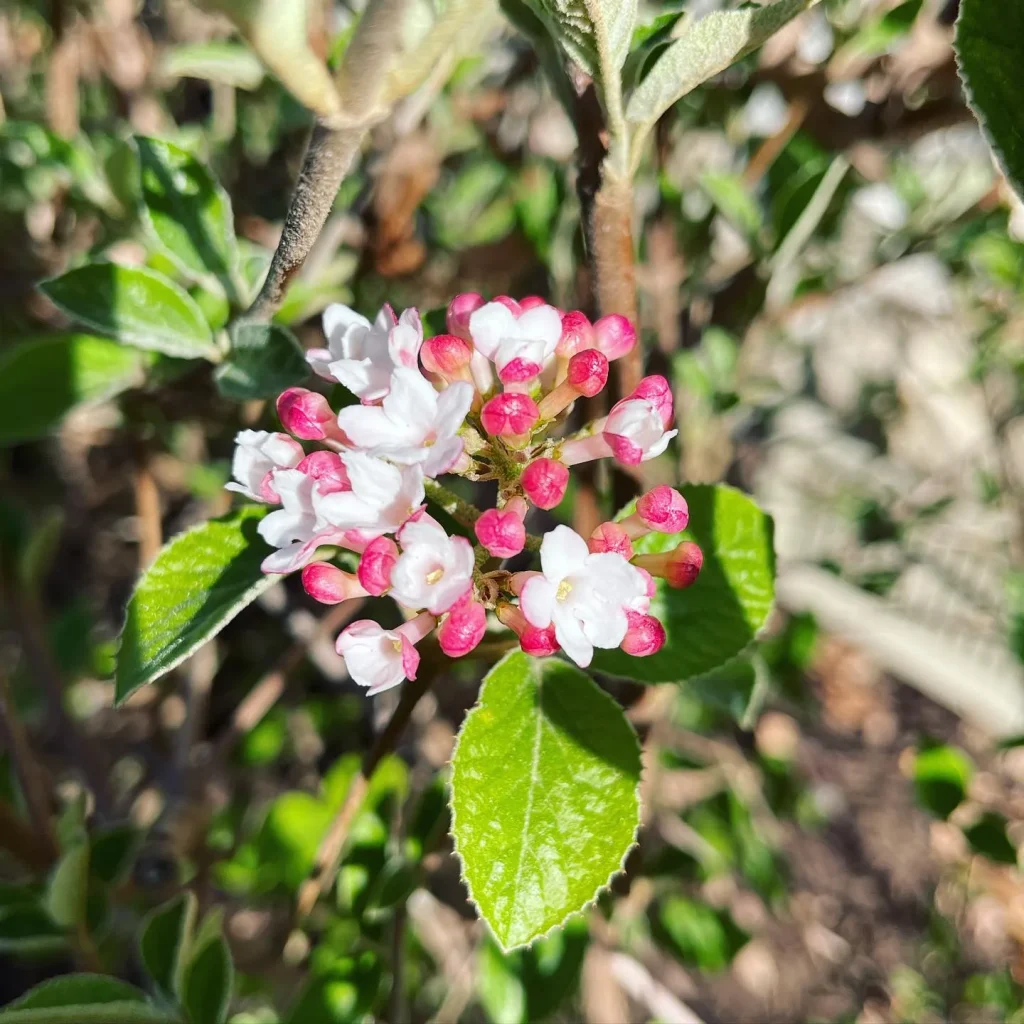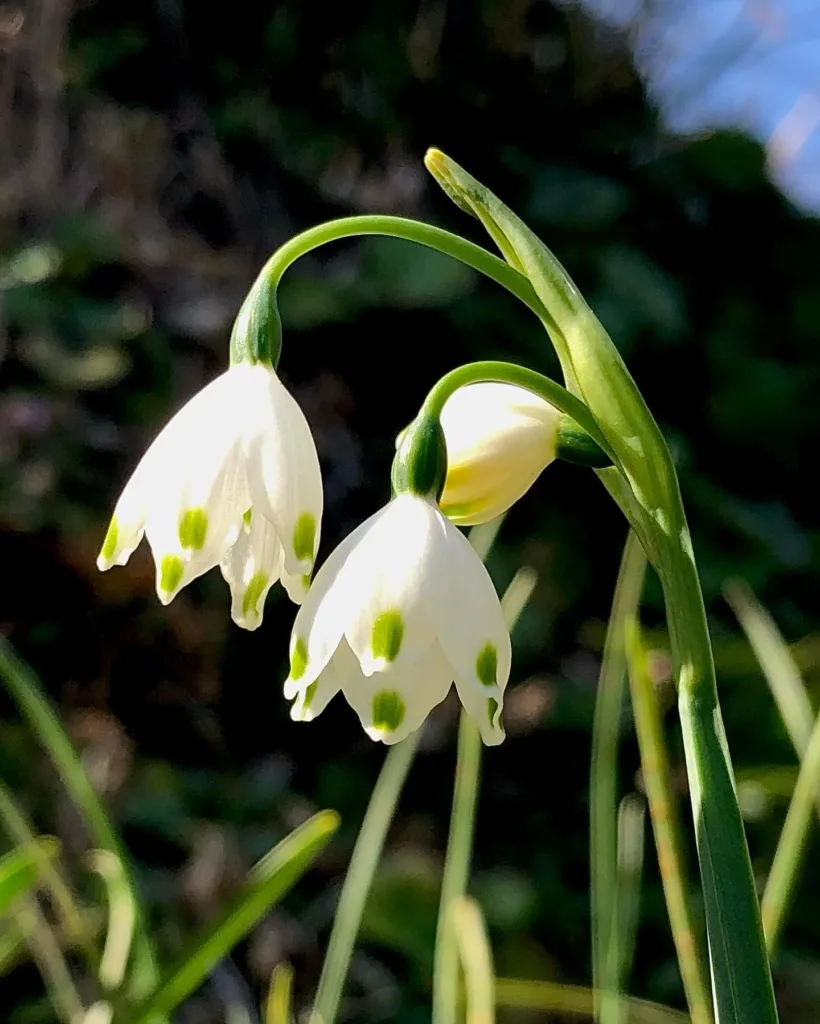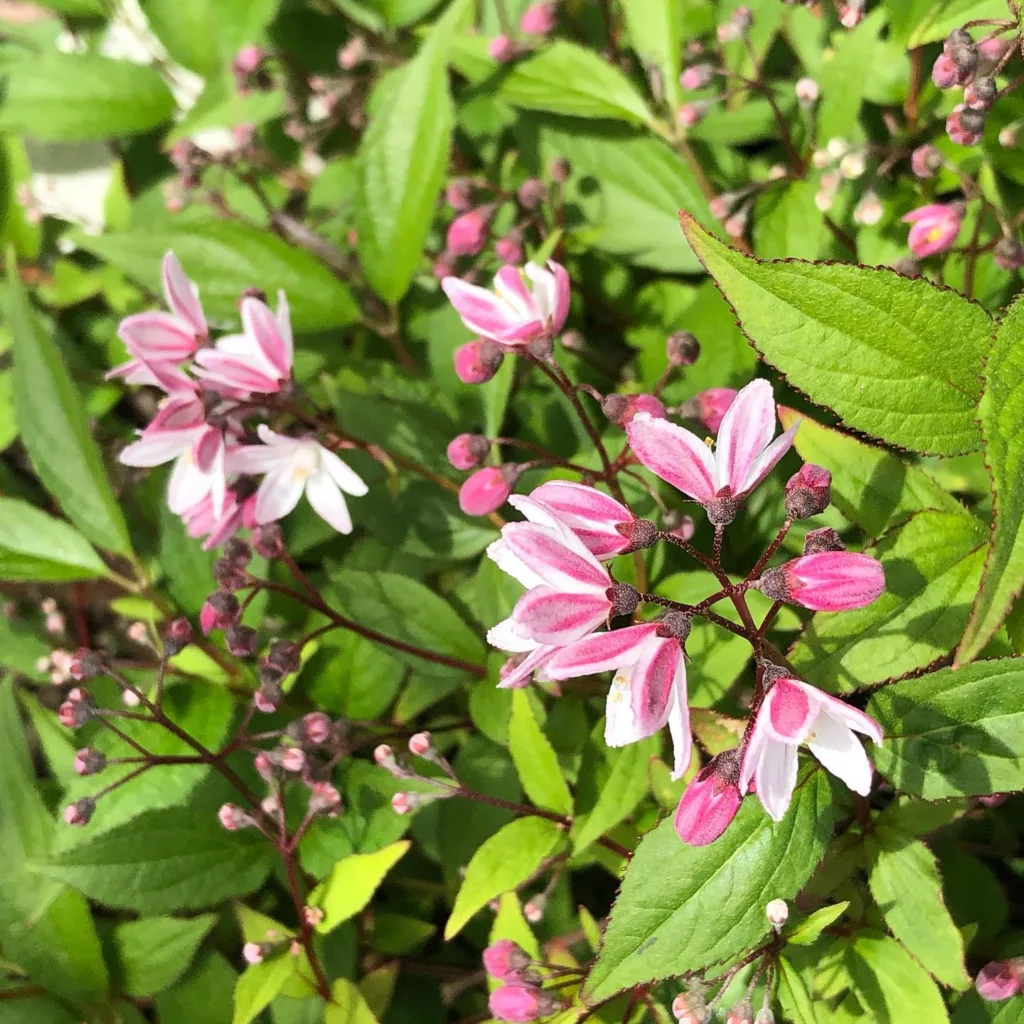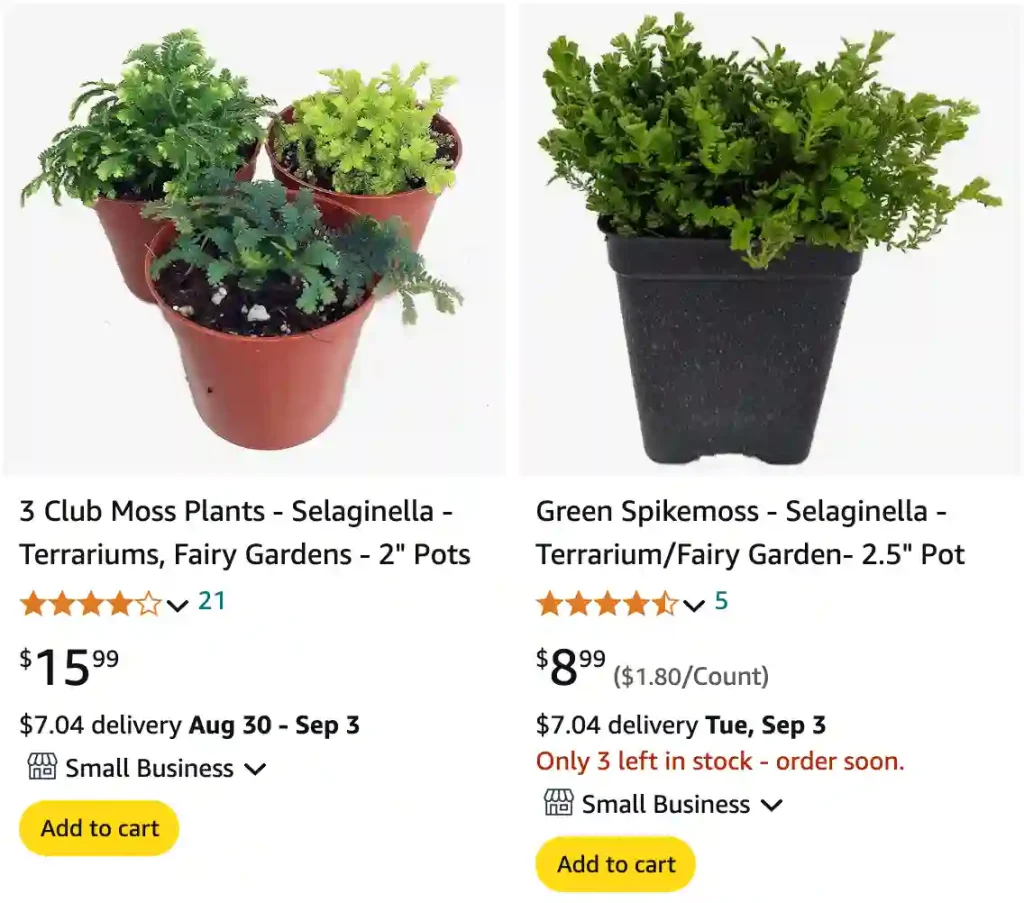
FAQs About Selaginella
Selaginella is a fascinating plant that often piques the curiosity of plant enthusiasts. Over the years, I’ve gathered a lot of information about this intriguing species, so I’m excited to share some of the most frequently asked questions and answers about Selaginella.
What is Selaginella?
Selaginella is a genus of plants in the family Selaginellaceae, known for its unique appearance and resilience. Instead, it belongs to a group called lycophytes, which are ancient, seedless vascular plants. Selaginella can be found in various habitats, from tropical forests to arid deserts.
Is Selaginella a Fern?
No, Selaginella is not a fern. While it may resemble a fern due to its feathery leaves and similar growth habits, it is distinct in several ways. Ferns belong to the class Polypodiopsida, whereas Selaginella belongs to the class Lycopodiopsida. Ferns reproduce via spores and have a different lifecycle compared to Selaginella.
Why is Selaginella Called the Resurrection Plant?
Selaginella earns its nickname “Resurrection Plant” due to its remarkable ability to survive extreme dehydration. When exposed to dry conditions, Selaginella can appear lifeless and brown. However, when rehydrated, it revives, turning green and lush once again. This incredible resilience makes it a symbol of revival and endurance.
Why is Selaginella Called Spike Moss?
The name “Spike Moss” refers to the plant’s appearance. Selaginella has small, overlapping leaves that give it a mossy look, but its sporophylls (modified leaves that bear spores) resemble tiny spikes or needles. This combination of features contributes to its common name.
Can Selaginella Grow in Water?
Selaginella generally prefers moist, well-drained soil rather than growing directly in water. While it can tolerate high humidity and occasional waterlogging, prolonged exposure to standing water can lead to root rot. It’s best to provide a consistently moist environment without letting the plant sit in water.
How to Care for Selaginella?
Caring for Selaginella involves a few key practices:
- Light: Selaginella thrives in indirect light. Too much direct sunlight can scorch its leaves, while too little light may cause it to become leggy.
- Water: Keep the soil consistently moist. Avoid letting it dry out completely. Use room temperature water and ensure the pot has good drainage to prevent waterlogging.
- Humidity: Selaginella appreciates high humidity. If your home is dry, consider using a humidity tray or a room humidifier to maintain adequate moisture levels.
- Temperature: It prefers temperatures between 60-75°F (15-24°C). Protect it from cold drafts and sudden temperature changes.
How to Propagate Selaginella?
Propagating Selaginella can be done through division or spores:
- Division: Gently separate a mature plant into smaller sections, ensuring each section has roots. Re-pot these sections into new containers.
- Spores: Collect spores from mature sporophylls. Sow the spores on a moist, sterile medium and keep them in a humid environment until they germinate.
Is Selaginella Toxic to Cats?
No, Selaginella is not considered toxic to cats. However, it’s always a good idea to monitor pets around plants to ensure they don’t ingest large amounts of foliage, which might cause minor digestive issues.
Selaginella vs Fern
Selaginella and ferns differ in several ways:
- Reproduction: Selaginella is homosporous, producing spores of the same size. Ferns are usually heterosporous, producing spores of different sizes.
- Structure: Ferns have true fronds, while Selaginella has more scale-like leaves.
- Life Cycle: Selaginella has a different lifecycle compared to ferns, which can affect their growth patterns and care needs.
Selaginella vs Lycopodium
Selaginella and Lycopodium are both lycophytes but have distinct features:
- Leaves: Selaginella leaves are more overlapping and scale-like, while Lycopodium has needle-like leaves.
- Growth Form: Selaginella often forms dense mats, whereas Lycopodium tends to grow in a more upright or creeping fashion.
Selaginella vs Moss
Selaginella and mosses might look similar but are quite different:
- Structure: Mosses have simple, non-vascular structures, whereas Selaginella has a more complex vascular system.
- Reproduction: Mosses reproduce via spores, but their sporophytes are different from Selaginella’s.
Selaginella vs Polypodium
Polypodium is a genus of ferns, making it quite different from Selaginella:
- Leaf Structure: Polypodium ferns have true fronds with pinnae, while Selaginella’s leaves are scale-like.
- Reproduction: Polypodium ferns are typically heterosporous, unlike Selaginella, which is homosporous.
Common Problems with Selaginella
Selaginella can face a few common issues:
- Drying Out: It can be sensitive to dry conditions, leading to leaf drop and browning.
- Waterlogging: Too much water can cause root rot, so proper drainage is crucial.
- Pest Infestations: Occasionally, Selaginella can be prone to pests like spider mites. Regular inspection and proper care can help prevent infestations.
By understanding these aspects of Selaginella, you can better appreciate its unique qualities and care for it effectively. Whether you’re growing it for its aesthetic appeal or its fascinating resilience, Selaginella is a plant that can bring a lot of enjoyment to your garden or home.
